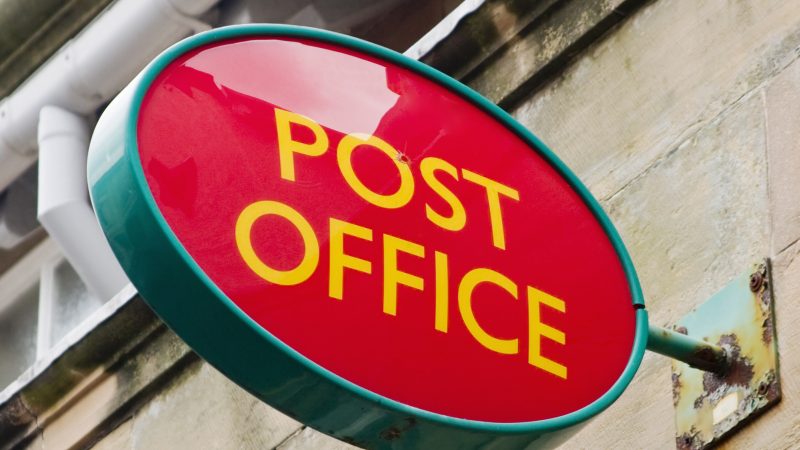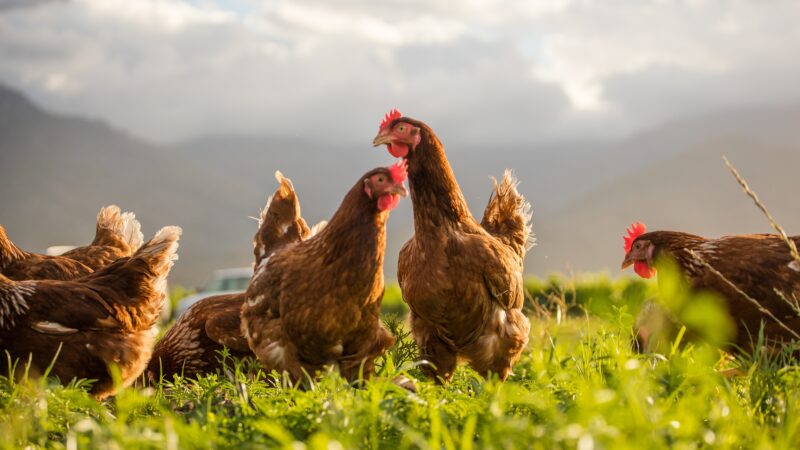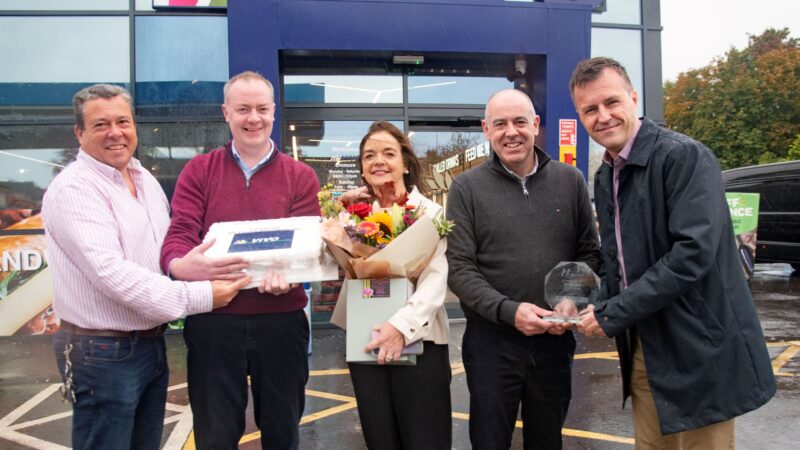Healthier choices drive supermarket spending in new year
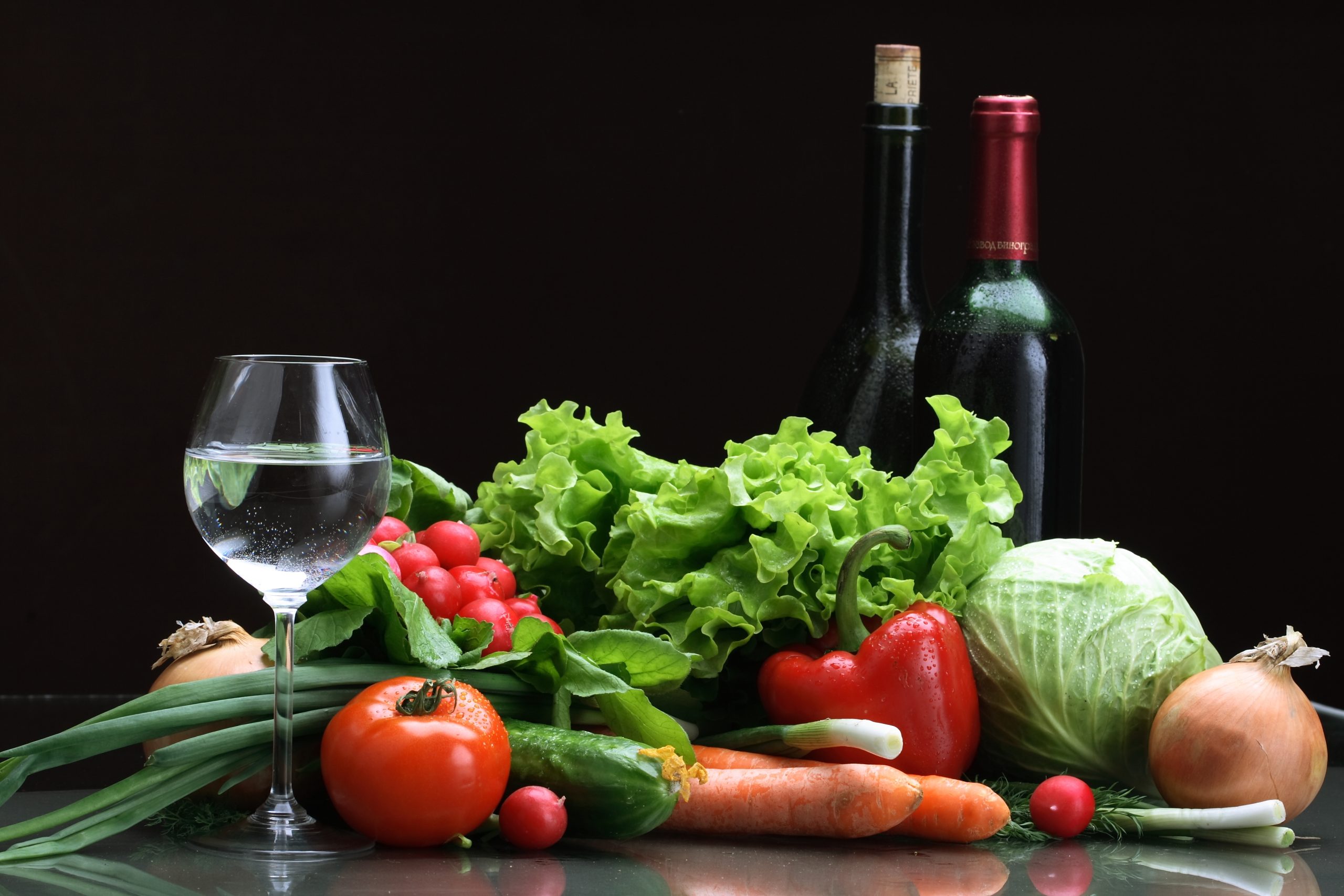
Take-home sales at the grocers rose by 4.3% in January, with consumers spending more on traditional healthy food options compared to December.
January spelled relief for shoppers as grocery price inflation slowed to 3.3% over the four weeks to 26th January, according to the latest figures from Kantar.
Spending on promotions rose year-on-year, by £274 million, accounting for 27.2% of sales.
Meanwhile, health-conscious consumers spent £1.2 billion on fresh fruit, vegetables and salad in January – £193 million more than in December, and sales of low and no-alcohol drinks were 7% higher than last January.
With household budgets typically stretched at this time of year, retailers played their part in easing the pressure on purse strings, according to Fraser McKevitt, head of retail and consumer insight at Kantar.
“Supermarkets were dishing out the discounts this New Year, and consumers responded,” he said.
“Spending on promotions rose year-on-year by £274 million, accounting for 27.2% of sales – the highest level in January since 2021.
“People also turned to non-branded products to help keep costs down, with own label as a proportion of sales hitting a record high of 52.3% in January. Spending on supermarkets’ own lines was up 5.4%, helped by consumers buying premium own-label products in the couple of days leading up to New Year’s Eve,” added Fraser McKevitt.
Typically, shoppers have an eye on wellness, not just their wallets at the start of the year, and 2025 was no exception. More than 10% of the average consumer’s January grocery bill was spent on fresh fruit, vegetables and salad.
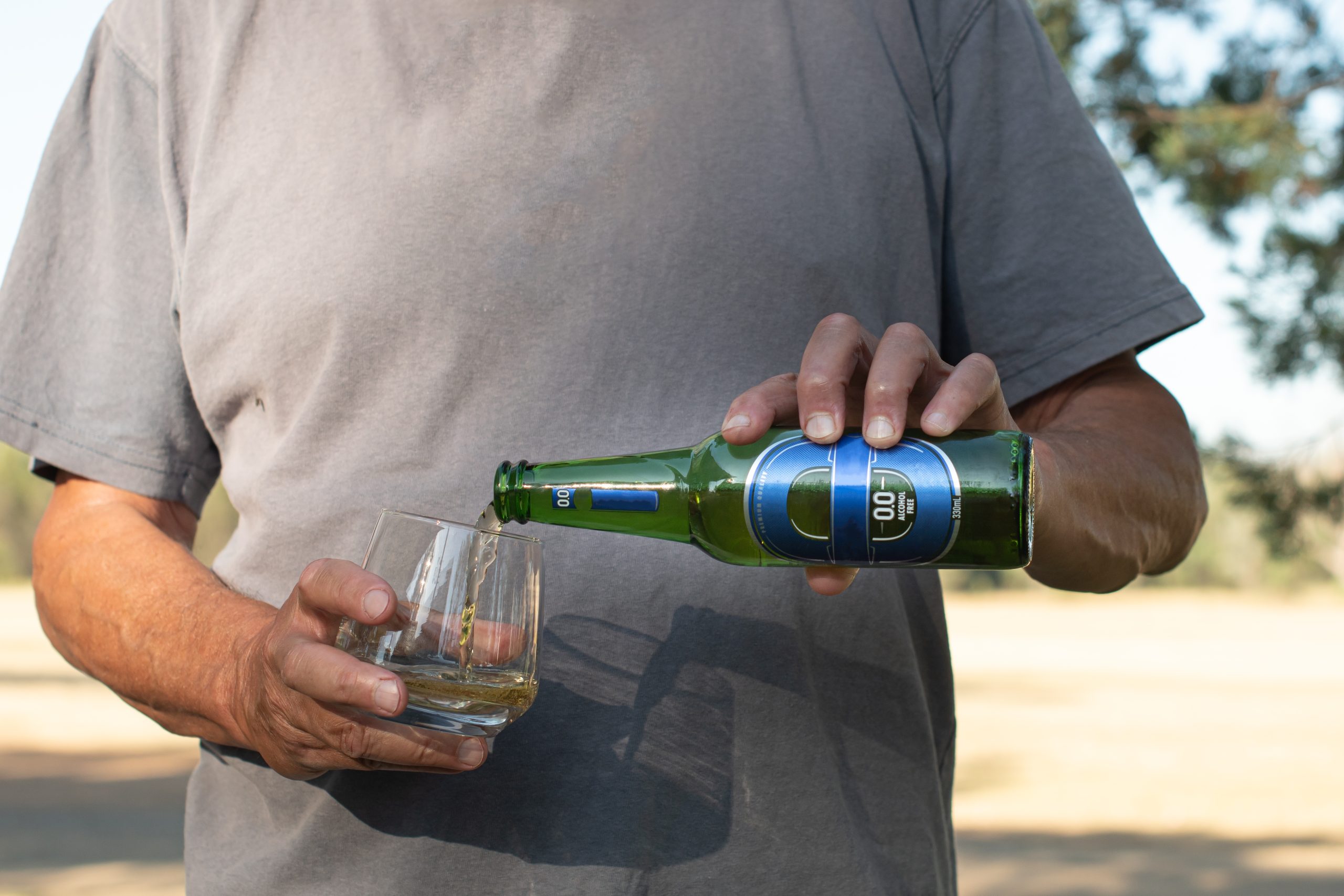
“Rolling into the new year, health tends to play a bigger role in our grocery choices,” added Nathan Ward, business unit director for usage and out-of-home at Kantar.
“Over a quarter of take-home food and drink in January is chosen with health at least partially in mind, as shoppers tell us they want to eat less processed food and feel the benefit of fibre and vitamins.”
Sales of low and no alcohol drinks were 7% higher than last January and 6.7% of households bought at least one of these alternatives.
“It’s no surprise to see the low and no alcohol trend make its mark in January but given some of the generational splits we have seen in grocery, it’s interesting that older shoppers are just as likely to take these products home as younger ones,” said Fraser McKevitt.
“Not everyone signed up for dry January though, with 49% of people buying an alcoholic drink this month – but this is a pretty big drop from December’s 76%.”
Meanwhile, Lidl’s sales rose 7.4% over the 12 weeks to 26th January, making it three continual years of growth for the discounter, whose share hit 7.2%.
Tesco gained the most share, its 28.5% hold of the market is 0.7% higher than this time last year, and it also saw its fastest rise in sales since April 2024 at 5.6%. Sainsbury’s outpaced the market at 4.2% sales growth, increasing its share from 15.7% to 15.9%.
Convenience retailer Co-op has returned to growth, with sales rising by 0.8% giving it a 5.2% share of the market, while spending at Iceland was 1.0% higher, maintaining its share of 2.4%.



